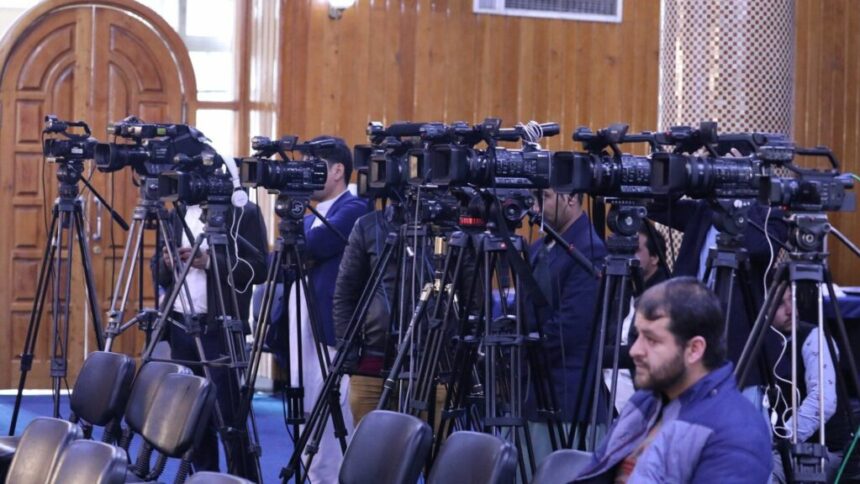RASC News Agency: According to sources in Kabul, the Taliban have ordered all television networks operating within Afghanistan to halt visual broadcasting within two months, transitioning entirely to radio-based formats. These sources reveal that the Taliban have instructed media outlets to swiftly comply with this mandate, stressing that networks will not be permitted to continue in their current format past the two-month deadline.
An anonymous journalist in Kabul described this directive as “a new and restrictive measure” by the Taliban, imposing a two-month ultimatum on private television channels across Afghanistan to cease visual transmissions and operate exclusively as radio stations. This directive, reportedly issued following a meeting between Taliban officials and media leaders in Kandahar, has sparked widespread public concern. Under this order, television networks are now required to limit their broadcasts to audio content alone, strictly forbidding live visual broadcasting of any kind.
This latest restriction follows recent actions by the Taliban to suspend the broadcasts of certain local television stations across Afghanistan provinces. Previously, the Taliban had also ordered a complete cessation of private media broadcasts in Badghis province. Additionally, the Taliban’s Ministry for the Promotion of Virtue and Prevention of Vice recently decreed a nationwide ban on the recording and broadcast of images depicting living beings.
The Taliban’s move has faced strong condemnation from civil society advocates and media professionals, who regard this measure as a severe violation of free speech, further limiting the Afghanistani public’s access to critical information. The forced transition of television stations into radio-only outlets represents a significant blow to freedom of expression and transparency in Afghanistan. Observers warn that this measure could critically impair Afghanistani society’s access to information, fostering an environment of isolation and increasing the divide between the public and governing authorities.






